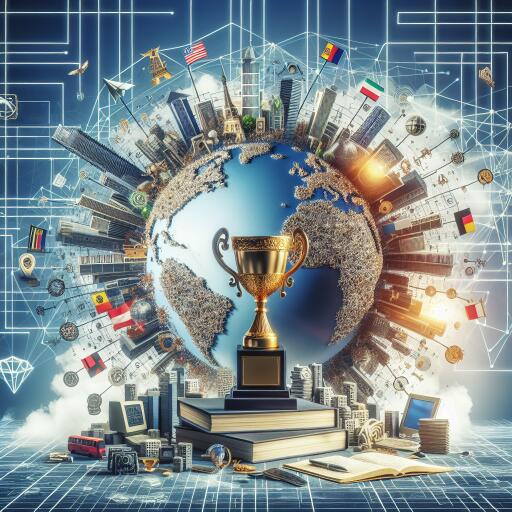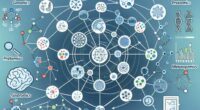Achieving Technical Translation Excellence for International Success
Hastily translated product names, manuals, and other documents are unlikely to escape notice. At best, they might end up as memes, amusing many but frustrating users who rely on these instructions for operations.
Consider the electricians’ community, left bewildered by poorly translated fan safety instructions stating: “In order to reduce electric shock or from accidents, do not use non-local governors or switch product requirements.”
Accurate technical translation not only enhances user satisfaction for high-quality products but also safeguards an organization’s reputation on the global stage. This necessity pushes companies, especially those with international clientele, to prioritize well-localized information about their products and services.
The Essence of Technical Translation
Technical translation involves converting user manuals, software documentation, patents, safety guides, and similar documents into another language. This form of translation is critical for accurately conveying technical information and expertise to diverse audiences, encompassing sectors like software, healthcare, consumer electronics, and automotive industries.
The goal is transferring knowledge accurately, maintaining the semantic content, technical precision, and clarity of the original text. This requires a translator with a solid understanding of both the source and target languages, as well as a deep familiarity with the specific technical field.
Challenges and Goals in Technical Translation
Several significant challenges in technical translation include ensuring usability, maintaining consistent and correct technical terminology, matching the style and structure of the source language, and adapting the content to cultural nuances. Meeting these challenges head-on is crucial for producing translations that are not only accurate but also engaging and relevant to the target audience.
Best Practices and Modern Approaches
With the rise of neural machine translation, the gap between human and machine capabilities continues to close. However, machine-translated texts often require a human touch for refinement. This gives rise to the hybrid technique known as machine translation post-editing (MTPE), which combines the efficiency of machines with the nuanced understanding of human translators.
For optimal results, technical translators should adhere to best practices such as leveraging translation memories and terminology databases, and undergoing continuous learning to stay abreast of developments in their technical fields.
Moreover, translation management systems (TMS) provide a comprehensive platform for managing the translation workflow, offering features like version control, collaboration tools, and robust quality assurance processes.
Ensuring High-Quality Technical Translations
To deliver exceptional technical translations, organizations must implement a rigorous quality assurance (QA) and control (QC) process. This includes employing skilled translators, using the latest translation technologies, and putting translations through a meticulous review to detect and correct errors.
Addressing common quality issues, such as inconsistencies in terminology and grammatical inaccuracies, is essential for producing clear, concise, and culturally relevant technical documents.
Conclusion
High-quality technical translation is invaluable for global success, enabling clear communication of complex information and bolstering a brand’s international reputation. By embracing best practices, employing skilled professionals, and utilizing modern tools like machine translation and TMS, businesses can navigate language barriers effectively. Focusing on accuracy, consistency, and cultural relevance will not only enhance user satisfaction but also ensure compliance and operational excellence across global markets.









